UNINVITED is the project of artist Nye Thompson[1] made in collaboration with the UBERMORGEN group [lizvlx (Elisabeth Haas) & Hans Bernhard][2]. UBERMORGEN was founded in 1995 in Vienna, being an active part of the digital avant-garde of the 1990s, a reaction to the transformations brought by the WWW and digital technologies. Their exhibitions and more than over 170 sites are a hybrid of dark technology, pop aesthetics, glitch and conceptual art questioning the capitalist mechanisms of market / art / information. Ney Thomson is a media artist who uses the usual software infrastructures, experimenting with new technologies and / or digital images, extracted or mediated by programming. A referential project is Backdoored.io from 2016 which thematizes CCTV systems in the generalized policy of self-surveillance.
Their collaboration started in 2018, but the project began in 2019 at the Wei-Ling gallery in Malaysia and also at the EletroPutere AIR residency in Craiova. The project was continued in 2020 with an online presentation in London at Furtherfield Gallery starting with the end of October and in Craiova, this time as an exhibition in the venue of ElectroPutere Gallery between November 21 and March 2, 2021. UNINVITED is simultaneously a program, a site, a network, an organism, an exhibition, an art installation and a short film produced by a learning machine (AI).
Characteristics and functionality
The title indicates directly the indiscreet nature of the installation, mirror of a globalizing surveillance system which imperceptibly changes the relationship between private and public spheres. The notion of “organism” attributed to the program marks its difference from simple software use, but also highlights the emerging ability of the “machine” to set and pursue its own goals (machinic agency). UNINVITED implicates and evolves along:
- a botnet that crosses the Internet of Things network searching to “infect”, mostly, surveillance cameras around the world (CCTV systems) in order to extract images or recordings. This botnet generates a system / cluster of interconnected cameras, like an “external sense” of the program;
- a centralized cloudBrain system that autonomously processes / sets the “information” received from sensors / cameras and produces[3] a 13-minute and 16-second cinematic paste with “horror” keys and aesthetic notes specific to glitch art (sound and image);
- a mechatronic “monster”, that is a complex material device[4], but also a rail travel system, a wireless connection system to cloudBrain and a video projector (the film is projected while moving or stationary); in the future, the artists intend to incorporate sensors in the mechanism to respond according to the presence and movement of visitors, aiming to emphasize the impression of autonomy but also the effect of strangeness of the device.
Meaning and machine difference
UNINVITED can be watched online as a machine projection, but its cinematic parameters can really be sensed only in direct experience and with the participation of the mechatronic “monster”. The immersive sound ambience of Thom Kuli ensures the emotional density of the frames binding also the arbitrary (unintentional) editing of the program.
The allegorical statement of the exhibitions “a world premiere of a horror experience created by the Machines” has more than an obvious sense, e.i: the non-human agency that processes the recordings signal the pervasive framework of a control society in which we live; the sound that “presses” and the image distortions made speak of a social environment that slowly erases (the right to) privacy.
The emerging capacity of the program (machine learning) is equal to the artist decision to intervene (through programming) on images sharing thus the mythological act of artistic “creation”. However, the regime of image production and distribution shifts its gravitational centre provided by referentiality, be it subjective (creator’s intention, style, imagination, sensitivity, genius, etc.), or objective (mimetic, pictorial unity, non-representational, market art, art history, class consciousness, etc.) to information (big data). As a direct consequence:
- the image loses its ocular and metaphysical “aura” of presence and liquefies in the non-human flow of self-generative algorithmic processes;
- the psycho-socio-cultural structures of meaning become regulatory (machine learning tropes) and not constitutive (subjective unconscious) – the film is a “simulacrum” using psychological triggers / tropes (distortions, superimposition, color playing) and coherent sound layers to maintain a cinematic “narrative”, but per se it does not say anything.
The question is whether the artists’ intention to generate an autonomous “machine” image, more than showing the CCTV world panopticon, relates critically to the imaginary they simulate? The selection processed done by the learning machine preserves the pictorial load of the image (to exemplify, project, symbolize, etc.) being indirectly conditioned by a subjective framing process. As such, we must not omit the fact that the framing process “… is an aesthetic, psychoanalytic and ideological phenomenon.”[5] Even if the program has the ability to generate its own (non-human) goals, it does not have the ability to signal or subvert the “aesthetic, psychoanalytic and ideological” content embedded in the AVM profile.
[1]“Both the Seeker and UNINVITED emerged out of my fascination with the surveillance camera images I collected during Backdoored – what these images actually represented and how they came to exist as examples of emergent machinic agency. Ney Thompson” (11.11.2020) https://we-make-money-not-art.com/uninvited-a-horror-experience-by-and-for-machines/
[2] Besides the already mentioned artists the team behind the project and CEP exhibition include: Composer/sound designer: Thom Kubli; Project Consultant: Adrian Bojenoiu; Branding & Web Team: Studio Hyte; Industrial Design & Monster Prototype: Tareg Al-Zamel; Photography & videography: Geoff Titley; Software architecture & machine learning: Richard Hopkirk & Martin Dixon; Mechatronics: Modulab Bucharest; CCTV visual prototypes: Alexander Zenker.
[3] “We started the movie planning by designing what we call an Audio Video Motion (AVM) Profile. The motion part refers to the movement patterns of the Monsters. The sound was the foundation – we knew how important an element it would be – and it was decided that it would follow a classic Requiem structure, but that we would map it conceptually to an evolutionary narrative for the UNINVITED network organism. This gave us 5 primary Modi (EXPORATION, FIGHT/FLIGHT, COURTSHIP, RELAXING, BASELINE) then each of these Modi split into 4 Phases or States for the network. You can see this structure within the movie and soundtrack. When it came to the video each of the 20 Phases is generated from 2 still images collected by the UNINVITED network. These images were analysed with all the machine learning tools available to the network – obsessively drilled into and scoured for content and human faces. The content analysis was then expanded into segments of AI-generated text. This text data was used to map the images into the Modi/Phase framework.” Ney Thompson (11.11.2020) https://we-make-money-not-art.com/uninvited-a-horror-experience-by-and-for-machines/
[4] In the case of the exhibition planned at ElectroPutere, which was never opened to the public, the mechanism was embedded in a case that reminded me of the steam punk film dystopias of the ’80s.
[5] Roland Barthes, Le Discours amoureux. Séminaire à l’École pratique des hautes études (1974-1976), Éditions du Seuil, Paris, 2007, p. 89
POSTED BY
Emilian Mărgărit
Emilian Mărgărit is an independent curator and since 2017 founding member of Image and Sound, Bucharest. He has a PhD in Philosophy (contemporary French Philosophy), he has published in collective v...
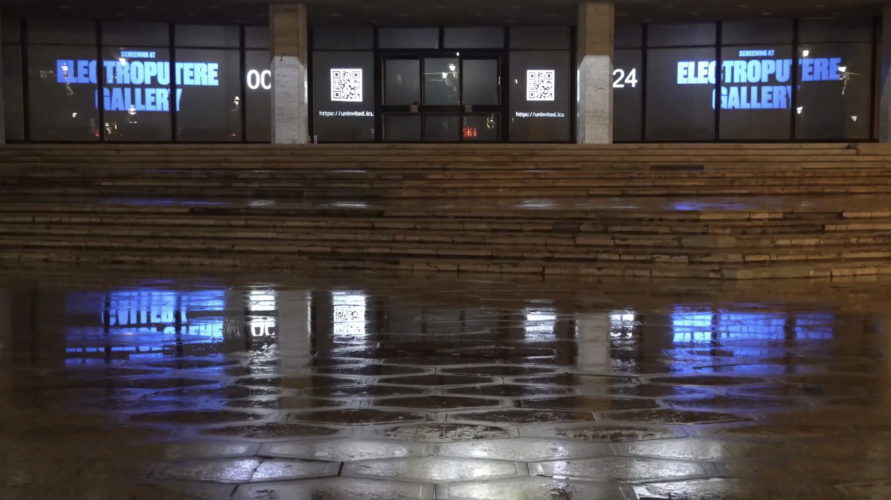
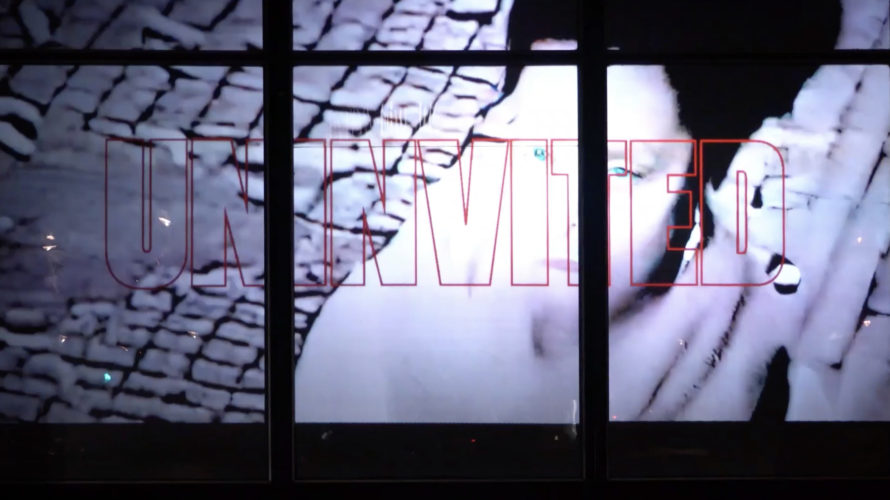
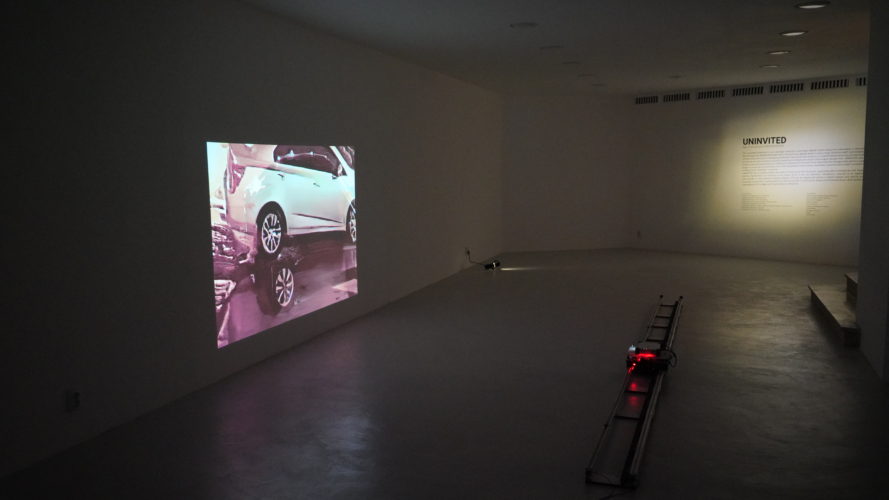
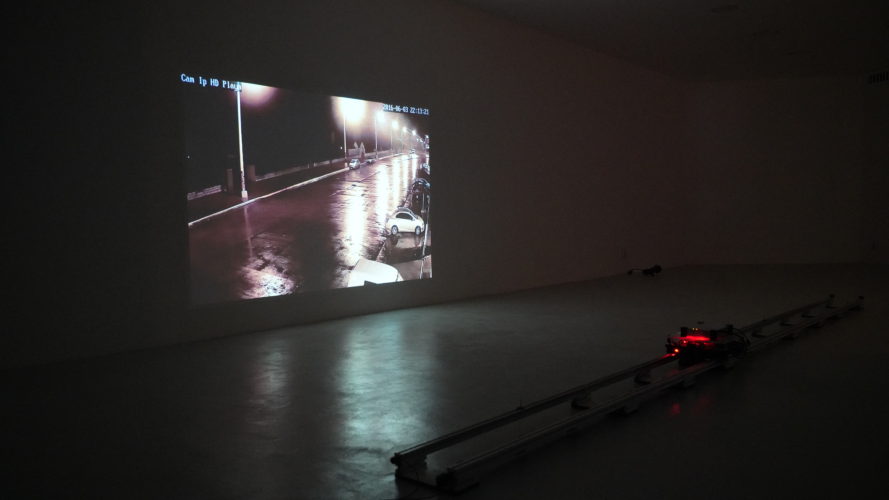
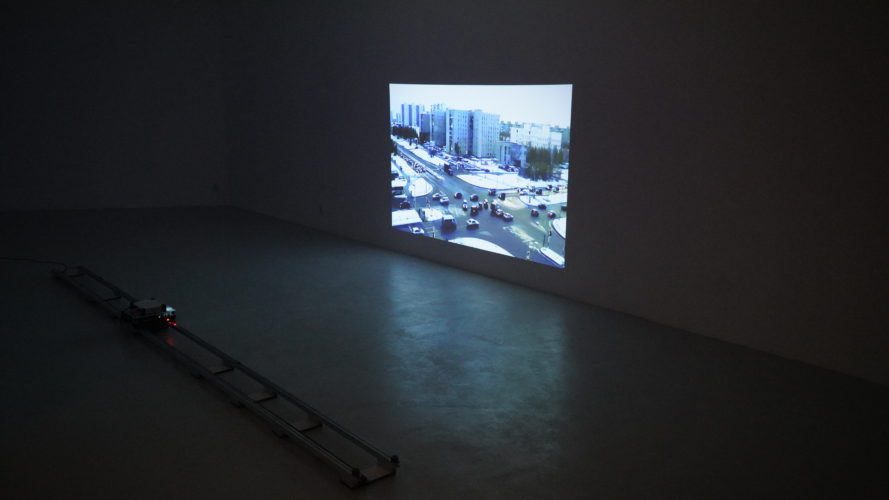
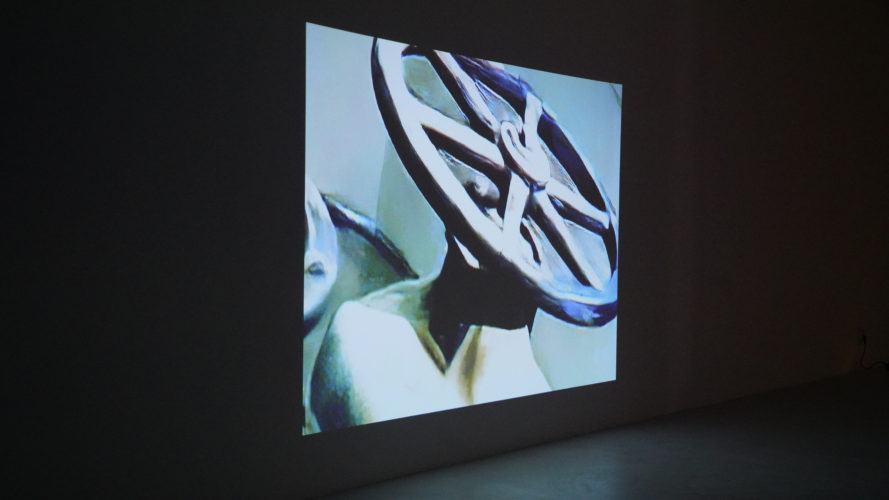
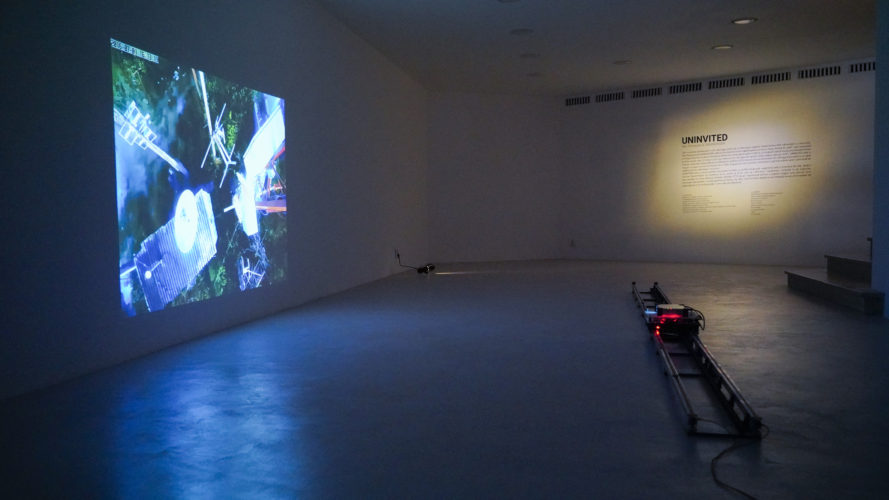
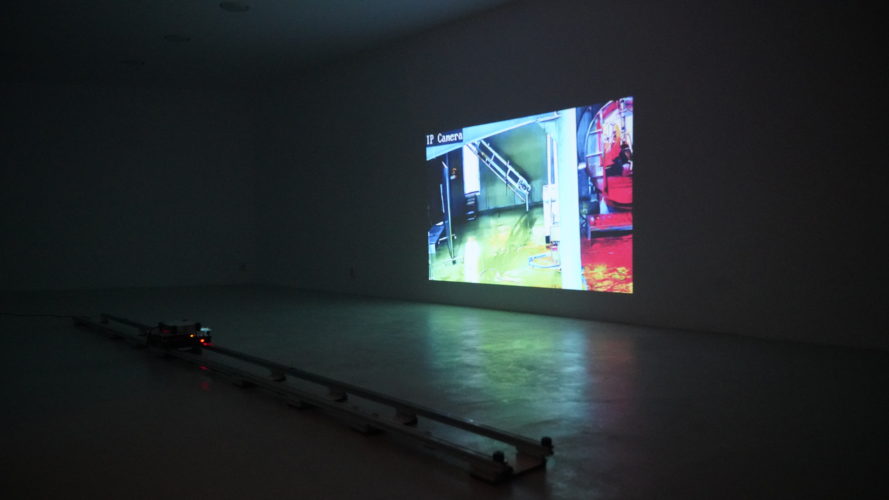
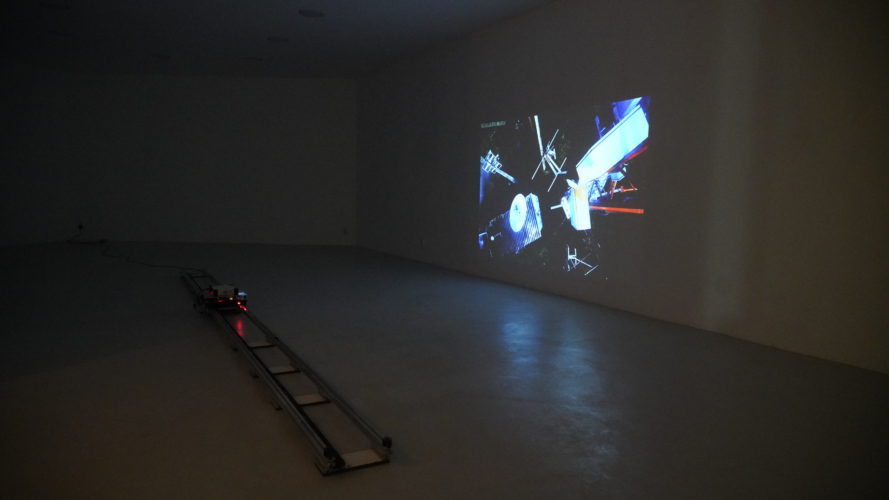
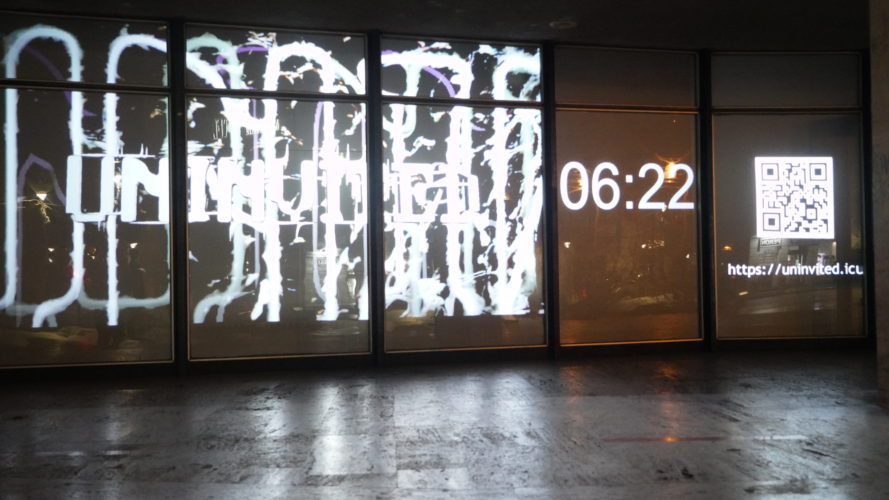
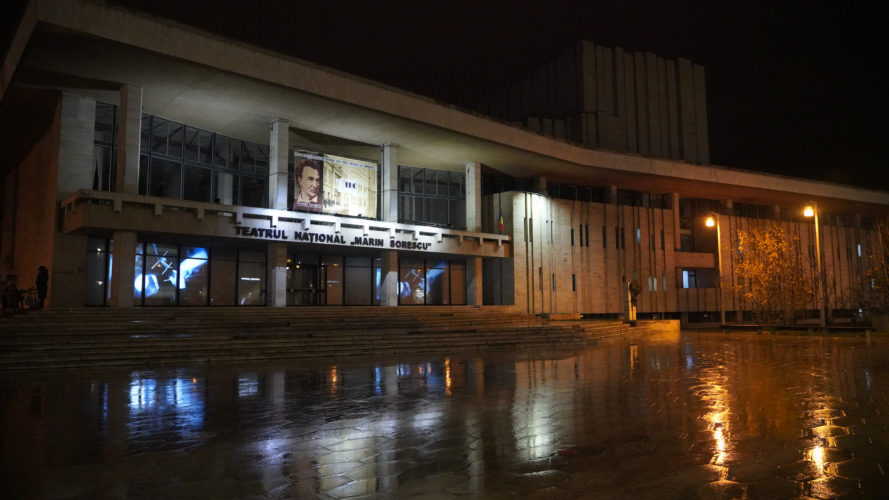
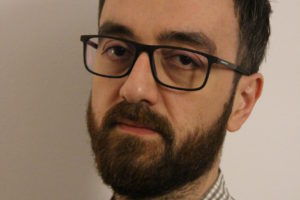
Comments are closed here.